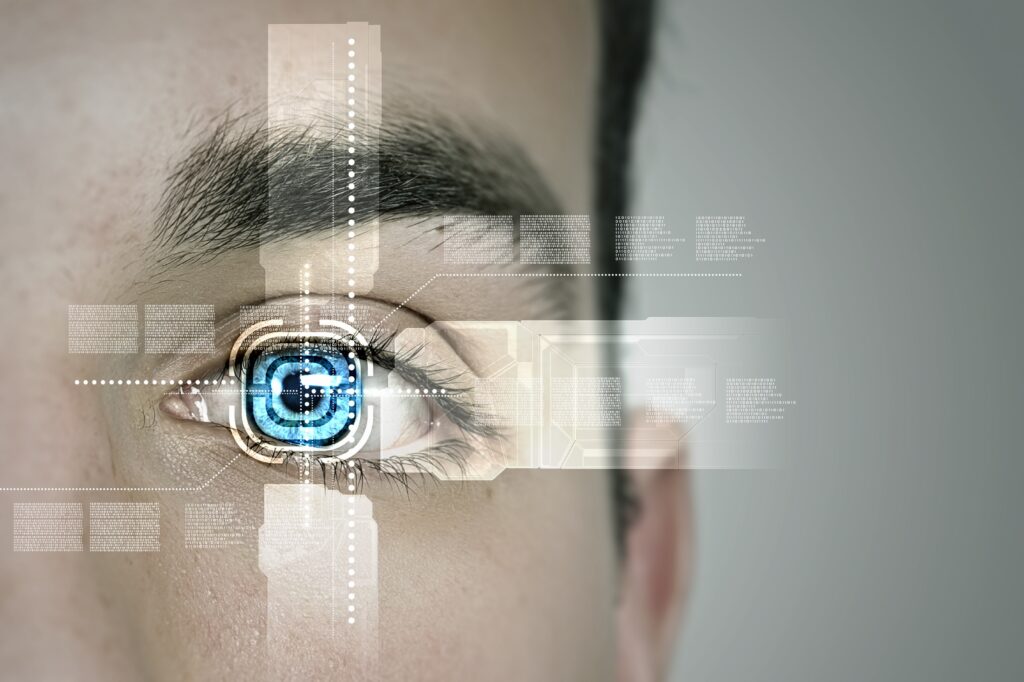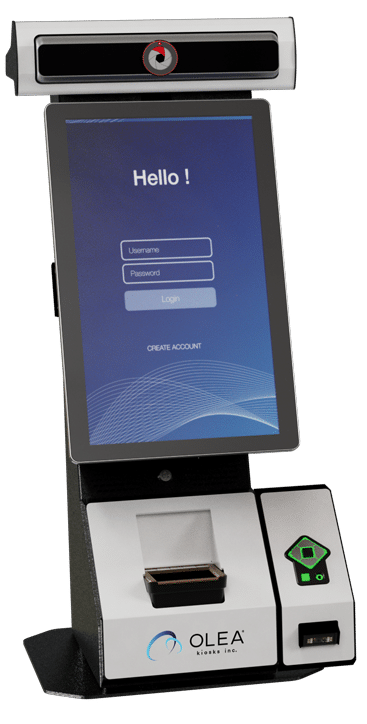Security Technology Takes Center Stage
Biometric stadium security is here to stay. Imagine walking into a packed stadium and passing through security with just a glance at a camera. No fumbling for tickets, no waiting in long lines – your face becomes your pass. This is the power of biometrics, a technology that is rapidly transforming the way we experience stadiums and event venues.
Biometrics are the unique, measurable biological characteristics used for recognizing and authenticating individuals. From fingerprint scanning to facial recognition and even iris scanning, these technologies are being increasingly integrated into stadium operations for a variety of purposes. But what are the benefits of this futuristic technology?
Below we’ll discuss the growing trends in biometric stadium security and explore the reasons behind their adoption, including the advantages they offer to both organizers and attendees.
The Rise of The Machines
If you’ve traveled anywhere in the last few years, you’ve probably used some sort of biometric application. We know biometrics is changing the game in terms of identity verification, but how exactly is biometric stadium security being used? Let’s break it down:
1. Facial Recognition: The New Face of Stadium Entry
Ticketless Entry: We’ve already said goodbye to paper tickets and now we may also move on from digital tickets. Facial recognition software can scan your face and grant you access, making entry a breeze.
Security Measures: This technology can be used to identify known troublemakers or even spot suspicious behavior in real-time, keeping events safer for everyone.

Personalized Experiences: Imagine receiving a discount on your favorite team’s merchandise as you walk by a store in the stadium, all thanks to facial recognition! This technology can personalize your experience with targeted offers and promotions.
Intuit Dome, home to the Los Angeles Clippers, opened recently. The venue’s biometric stadium technology includes facial authentication for entry and concession payments.
2. Fingerprint Scanning: A Touch of Security and Convenience
Secure Payments: No need to carry cash or cards. Fingerprint scanning allows for quick and secure payments for food, drinks, and merchandise.
Loyalty Programs: Earn rewards and perks with every scan! Fingerprint scanning can be linked to loyalty programs, making it easier to track your purchases and redeem rewards.
3. Other Biometric Applications: A Glimpse into the Future
While there are other biometric technologies that can be used to verify identity for access control, facial recognition and fingerprint scanning are the most used in stadiums and event venues today. Other technologies that could be used in the future include iris scanning and potentially voice recognition.
Advantages of Biometric Applications
Biometric stadium technology will reshape access control and elevate the overfall fan experience at these facilities.

Improved Fan Experience
Biometric stadium security is revolutionizing the stadium experience by making entry faster and more streamlined for fans. Gone are the days of fumbling with physical tickets or navigating slow-moving queues; biometric entry allows fans to simply scan and enter, reducing wait times significantly. This ease of access enables fans to enjoy more of the event itself and less of the logistical hassle, creating a more enjoyable experience that keeps fans coming back.
Enhanced Security and Fraud Prevention
Biometric verification provides a critical layer of security by accurately confirming each attendee’s identity, reducing the risk of identity theft and eliminating ticket fraud. By ensuring that only authorized individuals gain entry, venues can protect fans and reduce the likelihood of counterfeit tickets. Additionally, biometrics allow venues to monitor and address potential security threats more effectively, creating a safer environment for everyone attending.
Operational Efficiency
Biometric stadium security systems enhance operational efficiency by speeding up the entire entry and transaction process. Faster entry times mean venues can process higher volumes of attendees with fewer staff, helping reduce overhead costs and increase venue capacity. This efficiency also extends to concession stands and merchandise counters, where biometric payment options can also streamline purchases, allowing attendees to quickly get back to enjoying the event without long waits.
Data-Driven Insights for Personalization
Biometric technology also enables venues to collect valuable data that can be used to personalize the fan experience. From targeted marketing to tailored in-event offers, biometric data can reveal fans’ preferences, making it easier to deliver customized experiences that increase engagement and satisfaction. Fans may receive notifications about preferred food and beverage options, special promotions, or exclusive offers based on past attendance and purchases, enhancing their overall experience and building loyalty to the venue or event brand.

These data-driven insights can also improve the venues ability to cater to audiences as it can also provide assistance with estimating inventories and supplies at events, ensuring it doesn’t run out of certain menu items or waste others.
Looking Ahead
As biometric stadium security technology continues to advance, its role in stadiums and event venues will expand. From seamless entry and personalized experiences to improved safety and operational savings, biometrics are reshaping what fans can expect from their live event experiences. For venues, the ability to process more attendees with fewer resources and to engage fans in highly targeted ways represents a powerful competitive edge. Looking forward, the potential for biometrics to further integrate with other digital systems opens doors for an increasingly connected and customized experience. Olea Kiosks works with several biometric hardware and software partners to create self-service solutions for identity and access management. If you’d like to discuss your project, contact us today.


